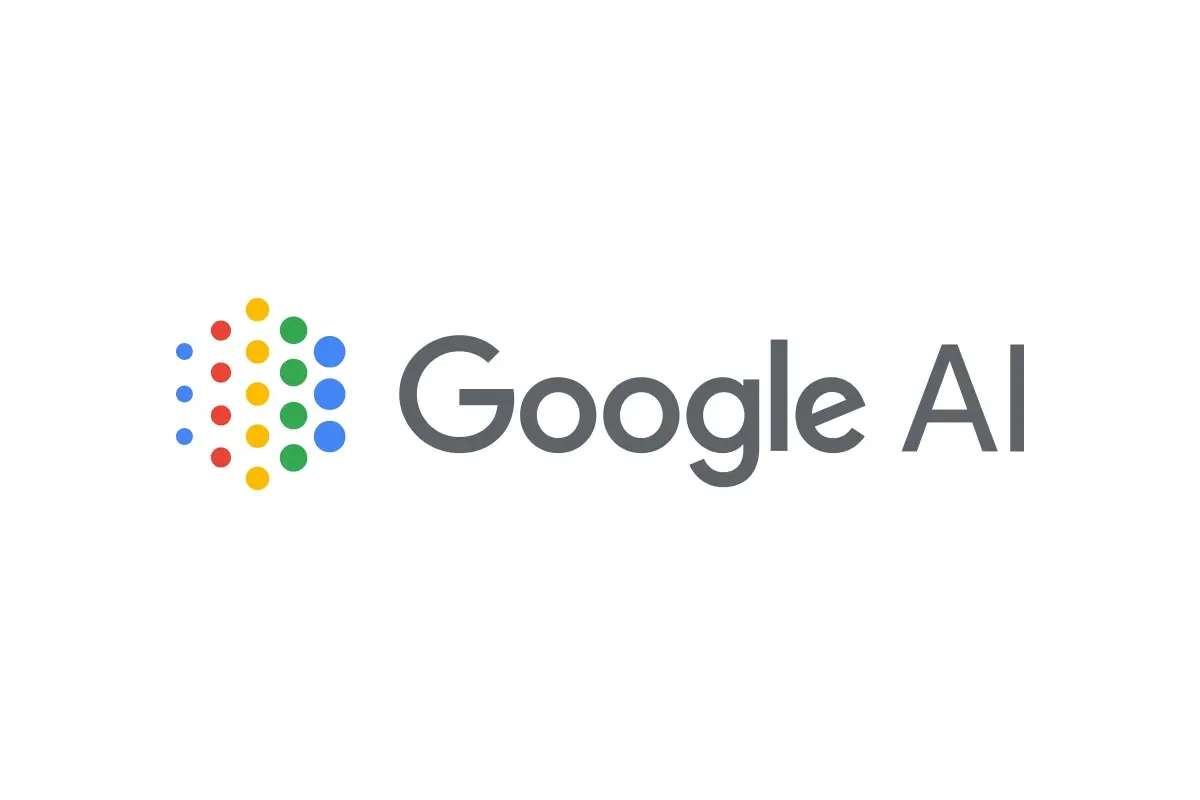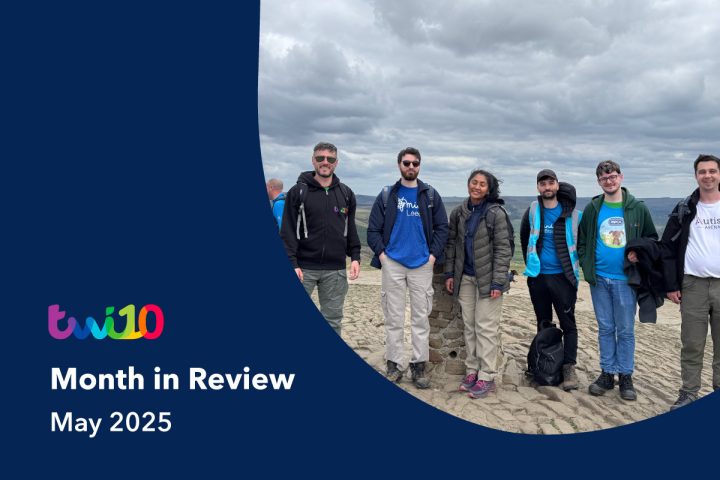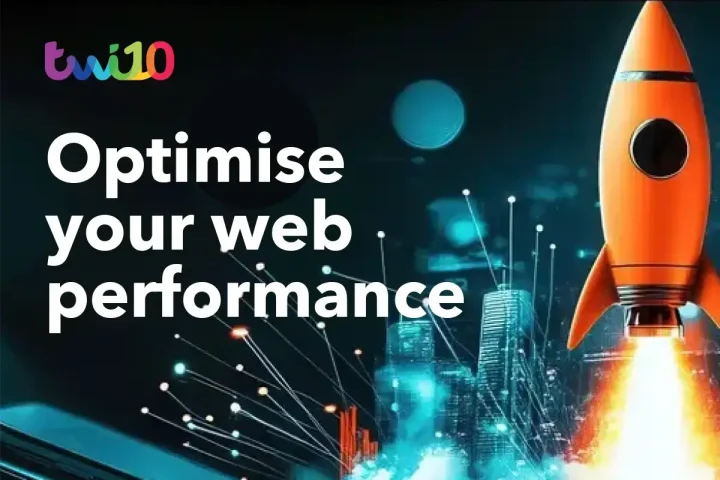Exploring the solutions to help with this dramatic change
Back in 2020, Google made the announcement that they would be deprecating the use of third-party cookies on Chrome to create a more privacy-focused approach, giving users more control of their privacy rather than living with the anxiety of being ‘tracked’ whenever they are on the internet. This was reiterated in a follow-up statement at the start of 2021.
For 1% of Google Chrome Users, third-party cookies will be blocked in early 2024. This is only the initial phase, and by mid-2024 Google expects to get rid of third-party cookies completely. This is going to be a massive change for the advertising industry and one that needs to be considered immediately.
For Google Ads, the end of the third-party cookie will have repercussions in how we target potential new customers, bringing in an era of predicting our targeting rather than being accurate with it.
There are ‘solutions’ which will come into play, as well as some that are already existing and we use everyday. The solutions are:
- Privacy Sandbox
- Google AI (Google Ads)
- First-Party Data
- Consent Mode (Google Ads)
Privacy Sandbox
The Privacy Sandbox is an industry-wide initiative led by Google and Android in an effort to create new technologies to use which will keep people’s activity private, but also give advertisers/companies/developers alternative solutions to be able to reach customers.
Instead of third-party cookies been used to track customers, ‘anonymised signals’ will be used to get the data to the advertiser whilst keeping the user private.
There are a number of privacy-preserving APIs and other technologies in production to be added to websites, and some have already been rolled out such as:

Google AI
This is something that most (if not all) of Google Ads advertisers will use every day, but as third-party cookies are removed, AI-powered campaigns are now becoming a necessity and must be used for any account.
Google’s technology can help to optimise campaigns in the moment and drive great results from much wider audiences. Here is a reminder of some of the campaign types below:
- Performance Max
- Value-Based Smart Bidding
- Video
Removal of third-party cookies will be minimal for AI-powered campaigns, especially the ones which are already live. Google can learn how to get the best out of these campaigns, so getting these live now will only be beneficial.

First-Party Data
Although this is the most traditional solution, it will become even more important once third-party cookies are gone and collaborating with clients to find new ways to obtain this data will be a good strategy to take up.
Examples of first-party data include:
- Newsletter subscribers
- Social media followers
- Purchasers
- Customer feedback & many more
Having this data available will be so valuable, whether you are looking to retarget previous customers or target people with similar characteristics.

Consent Mode
Consent mode is a feature which can be set up on Google Ads and Google Analytics, and what it does is communicate with a users’ cookie and adjusts how a Google tag behaves depending on the consent status.
If a user denies consent, instead of storing cookies it will send ‘pings’ to Google, whilst on Google Analytics it will fill any data gaps with conversion and behavioral modelling, whilst operating in a GDPR-friendly way.
So that you don’t miss out on any information from a user, this is something that should be applied to continue the measurement of important user metrics.

All the solutions that have been mentioned are very much worth considering, and plans should now be put in place to be able to manage the removal of third-party cookies. The key is to not be left behind, and making these plans now will only be beneficial for when this massive industry change happens.




